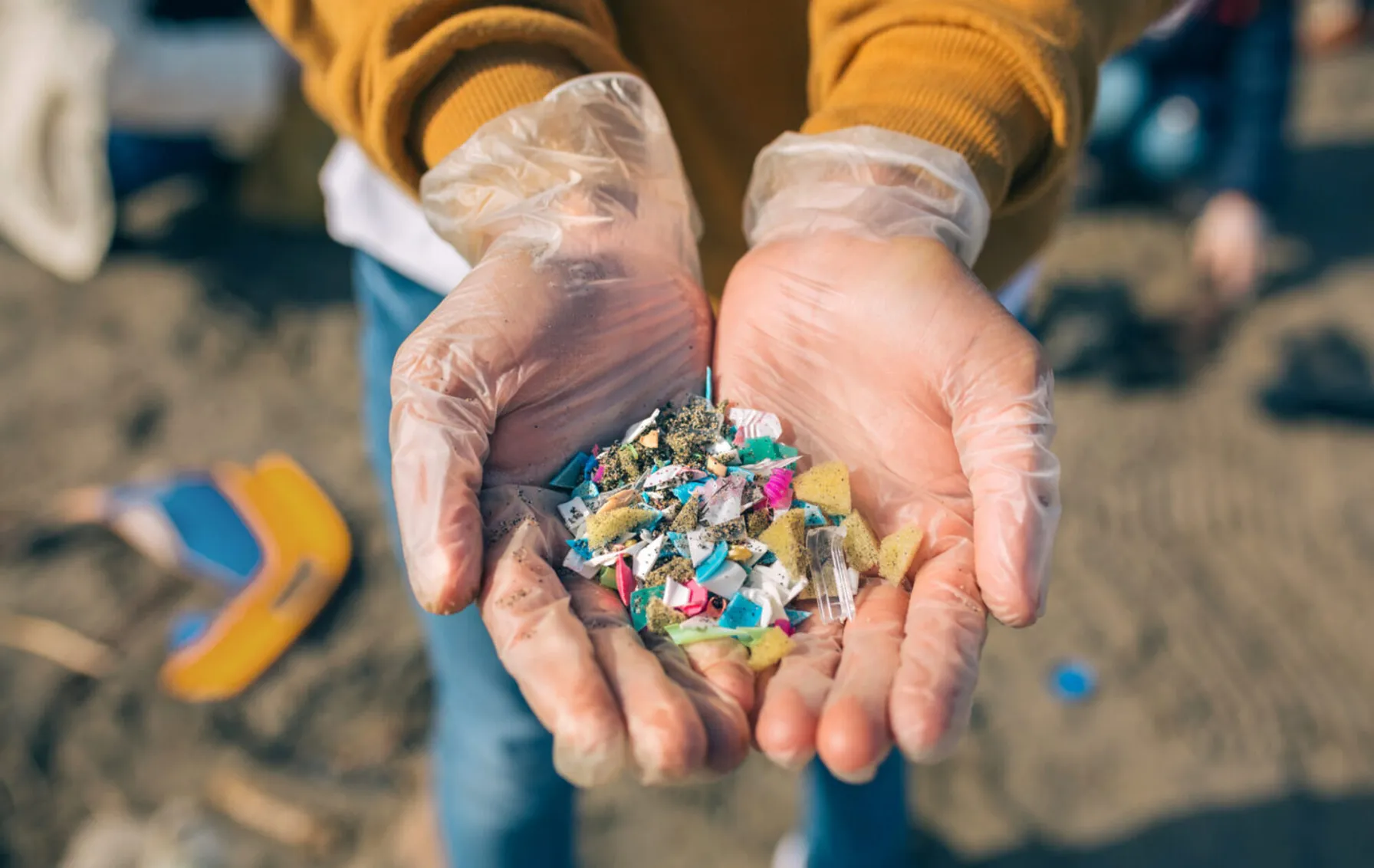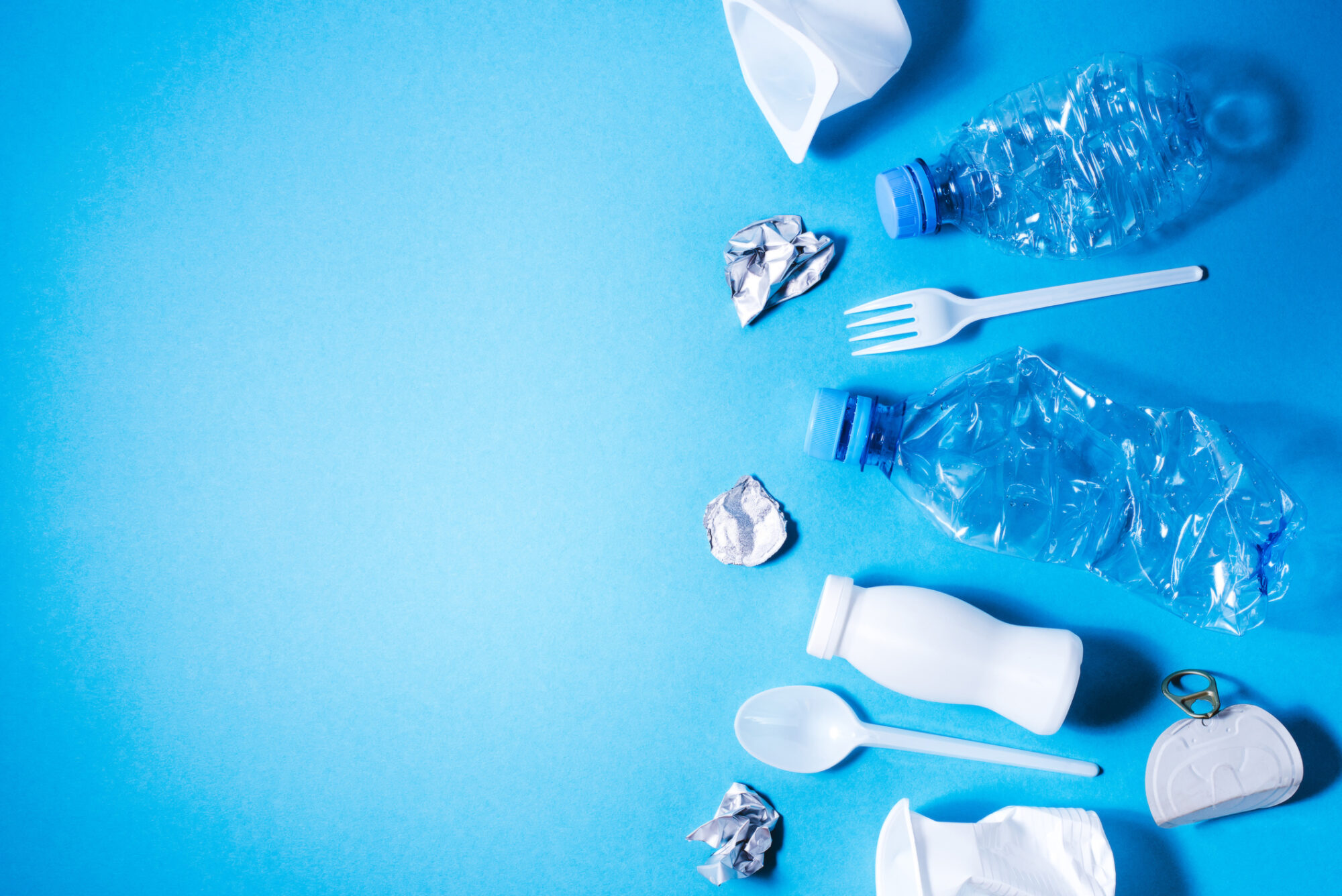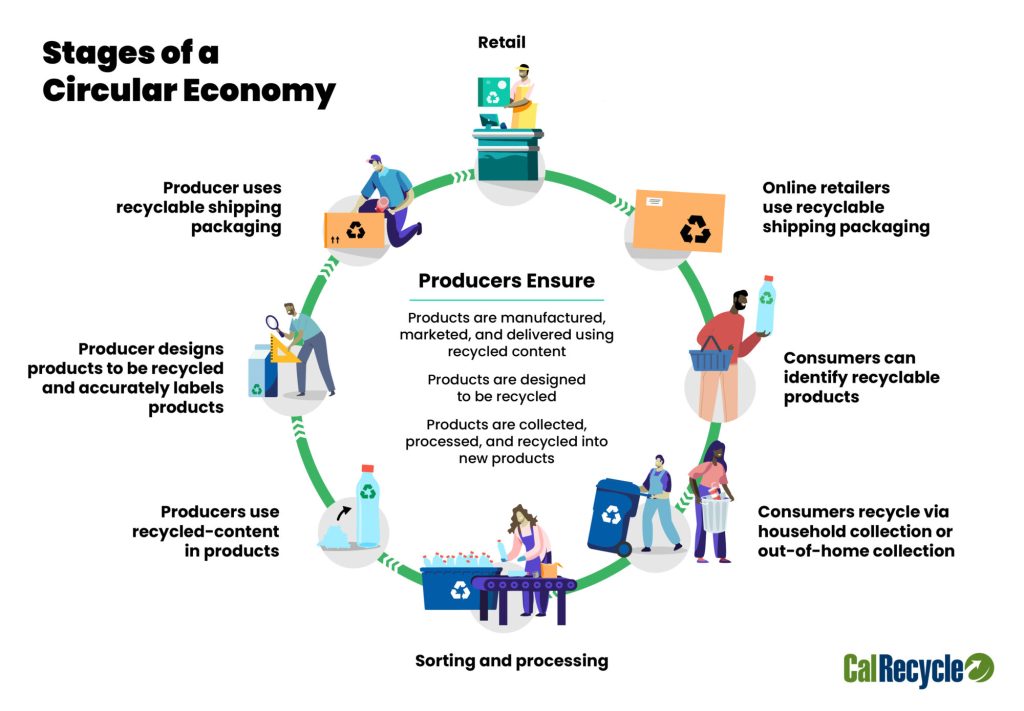California’s Department of Resources Recycling and Recovery (CalRecycle) will oversee the appointment of members to an Advisory Group and host informal SB 54 rulemaking workshops on June 28 and 29, 2023 that focus on individual compliance for producers, recyclability determinations and requirements for local jurisdictions. Public feedback will also be welcome during these sessions.
The U.S.’s Plastics Packaging Problem
According to the Interstate Technology Regulatory Council (ITRC), in 2018 the United States generated approximately 15 million tons of plastic containers and packaging, but only recycled approximately 2 million tons (13%). Instead, the majority of that plastic was either landfilled (approximately 10 million tons or 70%) or incinerated (approximately 2.5 million tons or 17%). This plastic recycling rate is much lower than other common packaging materials including glass (31%), paper (80%), aluminum (35%), and steel (75%). As the worldwide rate of plastic production continues to increase exponentially, the impact of these low recycling statistics are staggering, making potential regulatory or corporate actions to curb plastic production, use and pollution seem daunting. However, this hasn’t stopped the state of California.
“California won’t tolerate plastic waste that’s filling our waterways and making it harder to breathe. We’re holding polluters responsible and cutting plastics at the source.”
Gavin Newsom
Governor of California
California Leads with Plastic Pollution Prevention and Packaging Producer Responsibility Act (SB 54)
On June 30, 2022, Governor Newsom signed the Plastic Pollution Prevention and Packaging Producer Responsibility Act (SB 54) into law, and codified it into regulation as Division 30, Part 3, Chapter 3, (commencing with) Section 42040. The law is the first of its kind in the United States to set specific source reduction goals regarding plastic. The law will impose fees and/or regulatory obligations on businesses and entities including manufacturers of single-use packaging. The central goals behind SB 54 are to create a circular economy within California, as well as shift the plastic pollution burden from consumers to the plastics industry by raising $5 billion from industry members over 10 years.
What Products Are Included?
Plastic container manufacturers and wholesalers may fall under the definition of “single-use packaging that is routinely recycled, disposed of, or discarded after its contents have been used or unpackaged, and typically not refilled or otherwise reused by the producer” (covered material) and be required to incorporate regulations listed in SB 54, unless the most recent annual calendar year gross sales within California are less than one million dollars.
However, there are a few exemptions, including for medical products, devices and drugs; pesticides; infant formula; hazardous materials; and long-term packaging for storage over five years.
SB 54 Metrics and Timelines
Producers of covered material must create a Producer Responsibility Organization (PRO) and implement extended producer responsibility (EPR) programming. The PRO will “implement methods of source reduction, collection, processing, and recovering of the covered material through registration, reporting, recordkeeping and auditing requirements” (Sidley). To do this, the PRO will collect fees from members, which will be used to contribute $500 million each year to the California Plastic Pollution Mitigation Fund, $500 million each year to the California Department of Tax and Fee Administration, and pay a California Circular Economy Administrative Fee which will be set by California’s Department of Resources Recycling and Recovery (CalRecycle).
To achieve the 2032 goals:
- 2024 – a list of recyclable/compostable categories will be published
- 2025 – regulations will be completed and published
- 2026 – current recycling rates will be released to help identify areas of improvement
- January 1, 2028 – at least 30% of covered material must be recyclable
- January 1m 2030 – at least 40% of covered material must be recyclable
The new law will require:
- 25% reduction in plastic packaging
- 65% of single use plastic packaging will be recyclable
- 100% of packaging will be recyclable or compostable.
How will SB 54 Impact You?
If you are a plastic container manufacturer or wholesaler of the “covered material” outlined in the previous section, you must comply with the metrics and timelines outlined above, or you will be prohibited from selling, importing and distributing such materials in California.
SB 54’s fees and regulatory obligations will impact a variety of entities and businesses including manufacturers of single-use packaging, solid waste collection services, recycling facilities that sort plastics, exporters and transporters of plastics and retailers who utilize single-use packaging. “The law targets not only manufacturers but sellers of all goods sold in California, and thus will apply to the owner or licensee of the brand or trademark under which the covered product is sold or otherwise brought into California by distributors or retailers” (Sidley).
The law also imposes requirements for local jurisdictions, recycling service providers and packaging producers to report statistics on the types and quantities of materials they are transporting, importing, exporting, producing and/or selling to monitor the legislation’s success.
Want to Learn More? TRC Can Help
To learn more and get timeline updates, visit SB 54: Plastic Pollution Prevention and Packaging Producer Responsibility Act – CalRecycle Home Page
TRC is prepared to assist you with your plastics- and microplastics-related questions. For more information, please contact our experts below.






